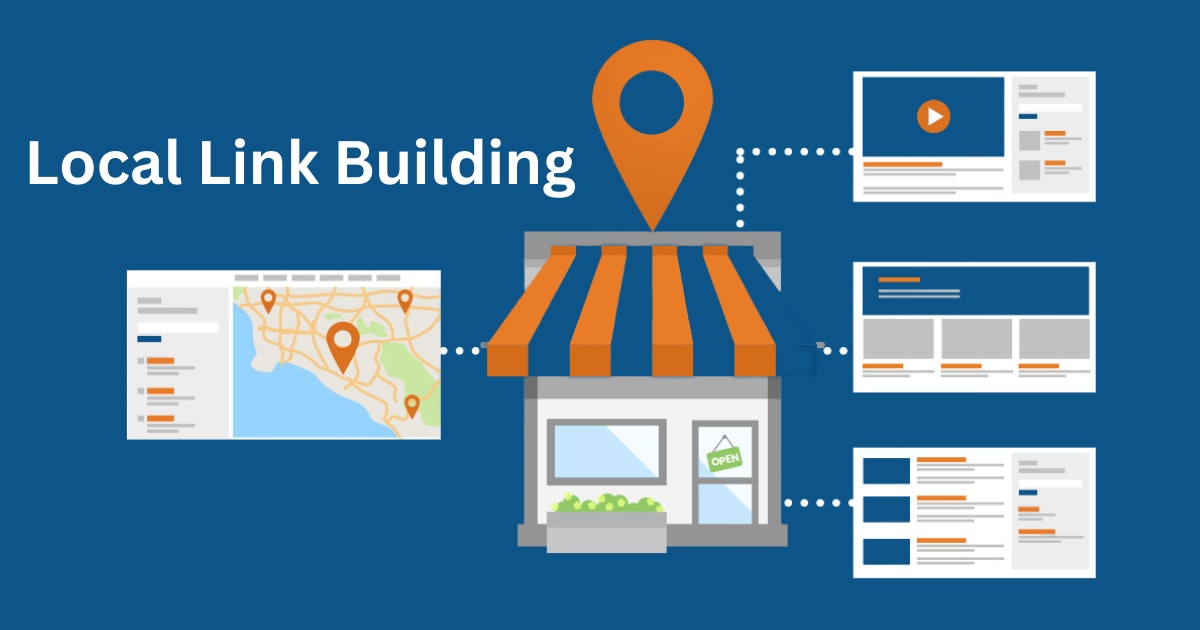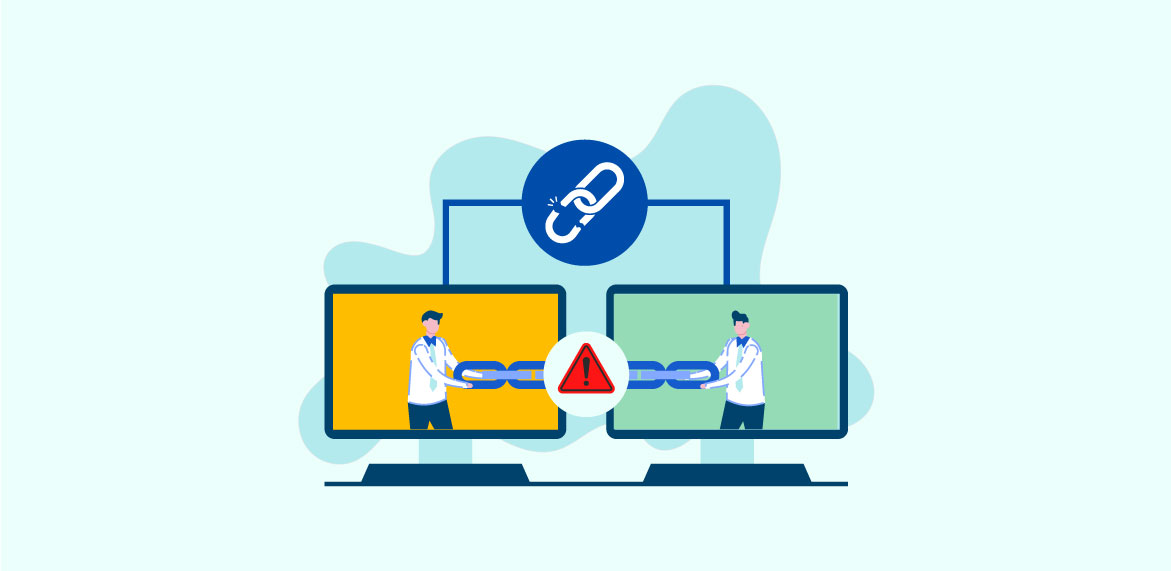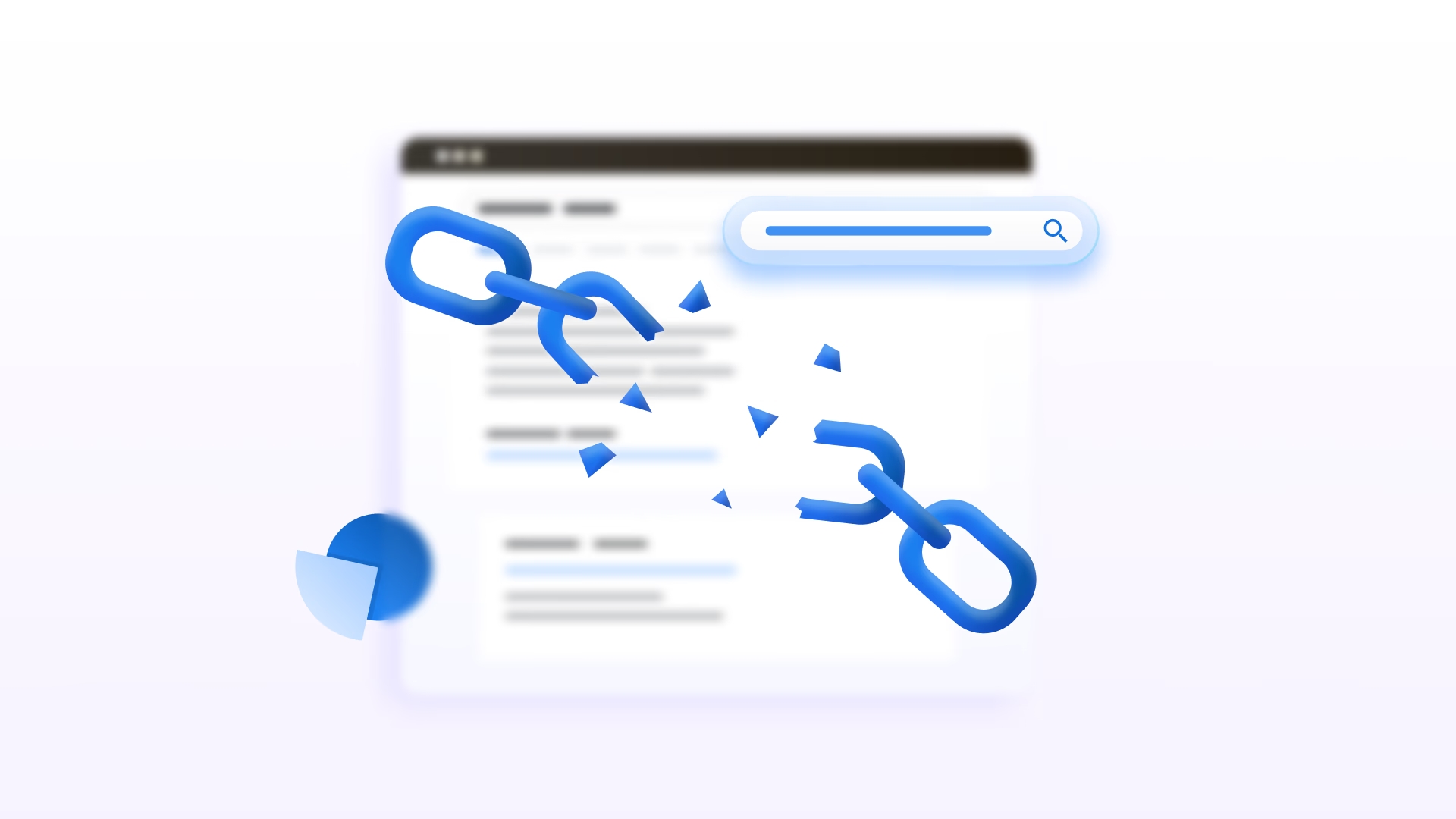In today’s competitive digital landscape, simply ranking on the first page of Google is no longer enough.
To truly capture the attention of potential customers, your website must also appear in SERP features – the eye-catching elements that appear alongside traditional organic search results.
As a leading SaaS link building agency, VH-info understands the importance of optimizing for SERP features to improve your online visibility and drive targeted traffic to your site. In this comprehensive guide, we’ll dive into the world of SERP features and share actionable strategies to help your brand stand out in search results.
What Are SERP Features?

SERP features are the various elements that appear on a search engine results page (SERP) in addition to the standard blue links. These features provide users with quick, relevant information directly on the SERP, enhancing the overall search experience.
Common Types of SERP Features

To effectively optimize for SERP features, it’s important to understand the different types and their characteristics.
Let’s take a closer look at some of the most common SERP features:
Featured Snippets

Featured Snippets appear at the top of search results, providing a quick answer to the user’s query. They’re extracted from web pages and can be in paragraph, list, or table format. Featured snippets aim to give users immediate information without clicking through to a website.
They’re often called “position zero” because they appear above the first organic result.
Websites that earn featured snippets can see increased visibility and traffic, as their content is prominently displayed. However, they may also lead to fewer clicks if users find the answer they need directly in the snippet.
Local Packs

These display relevant local businesses, including their locations on a map.
Local packs typically show three businesses (sometimes called the “3-pack”) and appear for queries with local intent. They include essential information like the business name, address, phone number, and sometimes reviews or operating hours.
Local packs are important for businesses targeting local customers, as they provide high visibility in search results. Optimizing for local SEO can help businesses appear in these packs and attract more local customers.
Rich Snippets

Rich Snippets enhance organic search results with extra information like ratings, prices, or availability. Rich snippets make search results more informative and visually appealing. They can include star ratings for products or reviews, recipe information, event details, or product prices.
To get rich snippets, websites need to implement structured data markup. This additional information helps users make more informed decisions directly from the search results, potentially increasing click-through rates for websites that effectively use rich snippets.
People Also Ask

People Also Ask (PAA) feature shows a list of related questions that users commonly ask about the topic. Each question can be expanded to reveal a brief answer, usually pulled from a website.
PAA boxes are interactive and can generate more questions as users click on them. They provide additional context and information about the search topic, helping users explore related aspects they might not have initially considered.
PAA boxes can appear anywhere in the search results and are a valuable opportunity for websites to gain visibility for multiple related queries.
Knowledge Panels

These are information boxes that appear on the right side of search results (on desktop) or at the top (on mobile). They provide comprehensive information about entities like people, places, or organizations.
Knowledge panels pull data from various sources to give users a quick overview of the topic. They can include images, key facts, social media links, and related entities. For businesses and individuals, having a knowledge panel can significantly boost online presence and credibility.
Image Packs

These show a collection of relevant images directly in the search results. Image packs can appear for various queries where visual information is helpful. They provide quick access to visual content related to the search topic.
For websites, having images appear in these packs can drive significant traffic. Optimizing images with relevant file names, alt text, and surrounding content can increase the chances of appearing in image packs.
This feature is particularly important for visually oriented industries like fashion, art, or travel.
Video Snippets

Video snippets are short video clips that appear directly in the search results, often accompanied by a thumbnail image and a brief description. These engaging visual elements are designed to capture users’ attention and encourage them to click through to view the full video content.
Appearing prominently in the search results, video snippets provide an effective way to showcase your brand’s expertise, increase visibility, and drive targeted traffic to your website or YouTube channel.
Optimizing your videos for snippets involves creating compelling titles, descriptions, and thumbnails that accurately represent the content and entice users to click.
When implemented correctly, video snippets can be a powerful tool for boosting engagement and attracting qualified leads to your site.
How to Get Your Brand in SERP Features?

Appearing in SERP features requires a strategic approach to content creation and optimization.
Here are some key steps to increase your chances of securing a spot in these coveted positions:
- Conduct thorough keyword research to identify the queries your target audience is searching for and the types of SERP features that appear for those queries.
- Create high-quality, relevant content that directly answers user questions and provides value. Structure your content in a way that is easily digestible by both users and search engines.
- Implement structured data markup on your website to help search engines better understand your website content and display it in rich snippets or knowledge panels.
- Optimize your images and videos with descriptive file names, alt text, and captions. Ensure they are high-quality and relevant to the topic at hand.
- Build high-quality backlinks from authoritative sources to improve your website’s overall authority and credibility in the eyes of search engines.
Why Should You Care About SERP Features?

SERP features offer numerous benefits for brands looking to improve their online visibility and attract qualified traffic. Here are our reasons:
- Increase brand awareness by placing your content in front of a larger audience, even if they don’t click through to your website.
- Drive targeted traffic to your site from users who are actively searching for the information you provide.
- Establish authority and trust by providing quick, accurate answers to user queries directly on the SERP.
- Improve user experience by making it easier for potential customers to find the information they need without having to navigate through multiple pages.
- Gain a competitive edge over other brands in your industry by securing valuable SERP real estate and capturing the attention of potential customers.
How to Optimize For SERP Features?

To increase your chances of appearing in SERP features, follow these optimization strategies:
Answer Frequently Asked Questions in Short Paragraphs
Look for common questions your audience asks about your industry or products. Create clear, concise answers to these questions using simple language. Break your content into short paragraphs, making it easy to read and understand.
Use headings to highlight each question, helping both users and search engines find the information quickly. This approach increases your chances of appearing in featured snippets and “People Also Ask” boxes, giving your content more visibility in google’s search results.
Optimize For Featured Snippets For Keywords You Rank For
Check which keywords you’re already ranking well for on the first page of Google.
For these keywords, see if there’s a featured snippet opportunity. If there is, structure your content to directly answer the main question in about 40-60 words. Use bullet points or numbered lists when appropriate, as these formats often appear in snippets. Make sure your answer is clear, accurate, and more helpful than the current featured snippet. This can help you “steal” the snippet position and boost your visibility.
Answer Related Questions
Don’t just focus on the main topic of your content. Think about related questions users might have and address those too. This strategy helps you cover a topic more thoroughly and increases your chances of appearing in the “People Also Ask” feature.
It also keeps users on your page longer as they find answers to multiple questions. Use subheadings to highlight these related questions in your content, making it easy for both users and search engines to find them.
Optimize Your Content’s Format Based On Its Purpose
Different types of content work better for different SERP features. For how-to guides, use a step-by-step format with clear headings.
For comparison articles, consider using tables. For definition-based content, start with a clear, concise explanation. Look at the current SERP features for your target keywords and format your content similarly.
This approach aligns your content with what Google is already showing, increasing your chances of appearing in these features.
Analyze the Featured Snippets to Optimize For Them
Take a close look at the featured snippets currently showing up for your target keywords. Note how long they are, what format they use (paragraph, list, table), and what specific information they include.
Use this insight to structure your own content. If the current snippet is a paragraph, aim to provide a clearer, more concise paragraph. If it’s a list, create a more comprehensive or easier-to-understand list.
This targeted approach can help you outperform the current snippet and claim that top spot.
Study Your Competitors’ Snippets
Don’t just look at the featured snippets – examine all the SERP features your competitors are appearing in. Analyze what they’re doing well and where they might be falling short. Look for gaps in their content that you could fill.
Maybe they’re missing key information or their answer isn’t as clear as it could be. Use these insights to create content that’s more comprehensive, up-to-date, or easier to understand.
This strategy helps you not just match your competitors, but outdo them in providing value to users.
Optimizing Content For Featured Snippets

Featured snippets are one of the most valuable SERP features, as they appear at the top of the search results and can significantly boost your organic traffic.
To optimize your content for featured snippets, follow these steps:
Identify Relevant Queries
Use keyword research tools to identify questions and long-tail keywords related to your industry. Focus on queries that trigger featured snippets and align with your brand’s expertise.
Structure Your Content
Organize your content in a clear, logical manner using header tags (H2, H3) and concise paragraphs. Use bullet points or numbered lists when appropriate to make your content more readable and snippable.
Use Schema Markup
Implement schema markup on your website to help search engines better understand your content and display it in rich snippets. Use the appropriate schema types for your content, such as FAQ, HowTo, or Recipe.
Optimizing For Knowledge Panels
Knowledge panels are information boxes that appear on the right side of the SERP, providing a snapshot of a particular entity.
To increase your chances of appearing in a knowledge panel, follow these tips:
- Claim Your Knowledge Panel: If your brand already has a knowledge panel, claim it through Google’s verification process. This allows you to suggest edits and ensure the information displayed is accurate and up-to-date.
- Provide Accurate Information: Ensure that your website and other online profiles (e.g., social media, Wikipedia) contain consistent, accurate information about your brand. This helps Google gather reliable data for your knowledge panel.
- Encourage Authoritative Sources to Link to Your Site: Building high-quality backlinks from authoritative sources can help establish your brand as a notable entity and increase your chances of appearing in a knowledge panel.
Optimizing For Rich Results
Rich results, also known as rich snippets, enhance your organic listing with additional information, such as star ratings, prices, or event details.
To optimize for rich results, follow these guidelines:
- Implement Structured Data: Use schema markup to provide search engines with structured data about your content. This helps them display your listing with rich snippets and can improve your click-through rates.
- Follow Google’s Guidelines: Adhere to Google’s structured data guidelines to ensure your markup is properly implemented and eligible for rich results. Avoid manipulative tactics or irrelevant markup that could result in manual actions.
- Monitor Your Rich Results: Use tools like Google Search Console to monitor your rich results and identify any errors or warnings. Regularly test your structured data to ensure it remains valid and up-to-date.
Optimizing For Visual SERP Features
Visual SERP features, such as image packs and video snippets, can help your brand capture the attention of searchers and drive traffic to your visual content.
To optimize for these features, consider the following:
- Use High-Quality Images and Videos: Ensure that your visual content is high-quality, relevant, and engaging. Use clear, descriptive file names and optimize your images for fast loading times.
- Optimize Alt Text and Descriptions: Include descriptive alt text and captions for your images and videos. This helps search engines understand the content and context of your visual assets.
- Include Visual Elements in Sitemaps: Create dedicated image and video sitemaps to help search engines discover and index your visual content. Submit these sitemaps through Google Search Console for faster crawling and indexing.
How to Find SERP Features Opportunities For Your Business?

To identify SERP feature opportunities for your brand, conduct a thorough analysis of your industry and target audience.
Here are some key steps to follow:
- Keyword Research: Use keyword research tools to identify the queries and topics your target audience is searching for. Look for keywords that trigger SERP features and align with your brand’s expertise.
- SERP Analysis: Analyze the current SERP landscape for your target keywords. Note the types of features appearing, the content being displayed, and any gaps or opportunities for improvement.
- Competitor Analysis: Study your competitors’ SERP features and content strategies. Identify areas where you can provide more comprehensive, up-to-date, or engaging content to outrank them.
- User Intent Analysis: Consider the intent behind each search query and create content that directly addresses user needs. Align your content with the format and type of information typically displayed in SERP features for those queries.
- Creating Content That Aligns With SERP Features: Based on your research and analysis, create content that is optimized for the specific SERP features you want to target. Follow best practices for content structure, formatting, and on-page optimization.
- Optimizing Meta Tags and Schema Markup: Ensure that your meta tags (title, description) and schema markup accurately reflect your content and align with the targeted SERP features. Use concise, descriptive language and include relevant keywords.
How to Get SERP Features With People Also Ask (PAAs)?

The “People Also Ask” (PAA) feature presents a list of related questions that expand to reveal concise and direct answers.
To increase your chances of appearing in PAAs, follow these tips:
- Identify common questions related to your main topic and include them in your content.
- Provide clear, concise answers to each question using simple language and short paragraphs.
- Use question-based subheadings (H2, H3) to structure your content and make it easier for search engines to parse.
- Implement FAQ schema markup to help search engines understand the question-and-answer format of your content.
Measuring the Impact of SERP Features

To gauge the effectiveness of your SERP feature optimization efforts, it’s important to track and analyze key performance metrics.
Here’s how to measure the impact of SERP features on your organic search performance:
- Utilize Analytics Tools: Use web analytics platforms like Google Analytics to monitor your organic traffic, bounce rates, and conversion rates. Look for improvements in these metrics after optimizing for SERP features.
- Monitor Click-Through Rates (CTRs): Track your click-through rates for queries that trigger SERP features. Higher CTRs indicate that your content is effectively capturing the attention of searchers and driving valuable traffic to your site.
- Track SERP Feature Visibility: Use SERP tracking tools to monitor your visibility in specific SERP features over time. This helps you understand which features are driving the most traffic and identify areas for improvement.
- Keep an Eye on the Competition: Regularly analyze your competitors’ SERP feature performance and compare it to your own. This provides valuable insights into the effectiveness of your optimization efforts and helps you stay ahead of the curve.
- Refine and Adapt: Based on your performance data and competitive analysis, continuously refine your SERP feature optimization strategy. Adapt your content and tactics to align with the latest best practices and search engine algorithms.
Best Practices For Optimizing SERP Features

To maximize your success with SERP feature optimization, follow these best practices:
- Understand Your Audience: Conduct thorough audience research to identify the types of content and valuable information your target users are searching for. Create content that directly addresses their needs and aligns with their search intent.
- Use Structured Data Markup: Implement relevant schema markup on your website to help search engines better understand your content and display it in rich snippets or knowledge panels. Follow Google’s guidelines for structured data implementation.
- Optimize For Mobile Devices: With the majority of searches now occurring on mobile devices, it’s important to ensure your website and content are mobile-friendly. Use responsive design and optimize your images and videos for fast loading times on mobile.
- Optimize For Local Search Results: If your business has a local presence, optimize your Google Business Profile and local citations to increase your chances of appearing in local packs and maps.
- Use Long-Tail Keywords: Target long-tail keywords and question-based queries to capture more specific search intent and increase your chances of appearing in featured snippets and PAAs.
- Monitor Your Performance: Regularly track your SERP feature visibility, organic traffic, and keyword rankings to measure the impact of your optimization efforts. Use these insights to inform your ongoing strategy and identify areas for improvement.
FAQ’s:
How Can I Identify Which SERP Features to Target?
Conduct keyword research and SERP analysis to identify the types of features appearing for your target queries. Focus on features that align with your content and expertise.
Can Small Businesses Compete For SERP Features?
Yes, small businesses can compete for SERP features by creating high-quality, relevant content and implementing best practices for optimization. Focus on long-tail keywords and niche topics to increase your chances of success.
How Often Should I Audit My Website For SERP Feature Opportunities?
Conduct a thorough SERP feature audit at least once per quarter to identify new opportunities and ensure your existing content remains optimized and relevant.
Are SERP Features Influenced by Paid Advertising?
While some SERP features, such as Google Shopping or Google Ads, are influenced by paid advertising, most features are driven by organic search algorithms and are not directly impacted by ad spend.
Conclusion
Optimizing for SERP features is a super effective way to up your online visibility, attract the right kind of traffic, and show off your brand as a total authority in your industry. Knowing the different types of SERP features, doing some solid keyword research, and creating top-notch, optimized content can really boost your chances of snagging those prime spots.
At VH-info, we’re all about helping brands like yours navigate the SEO world and keep on growing. Our team of pros stays on top of the latest trends and algorithms to make sure your content is totally optimized for max visibility and impact.
Teaming up with VH-info and following the tips in this guide can help you tap into the full potential of SERP features and take your organic search game to a whole new level.
Hit us up today to chat about our services and how we can help you crush your digital marketing goals.





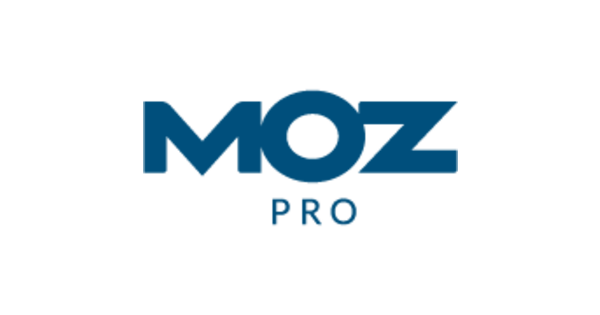
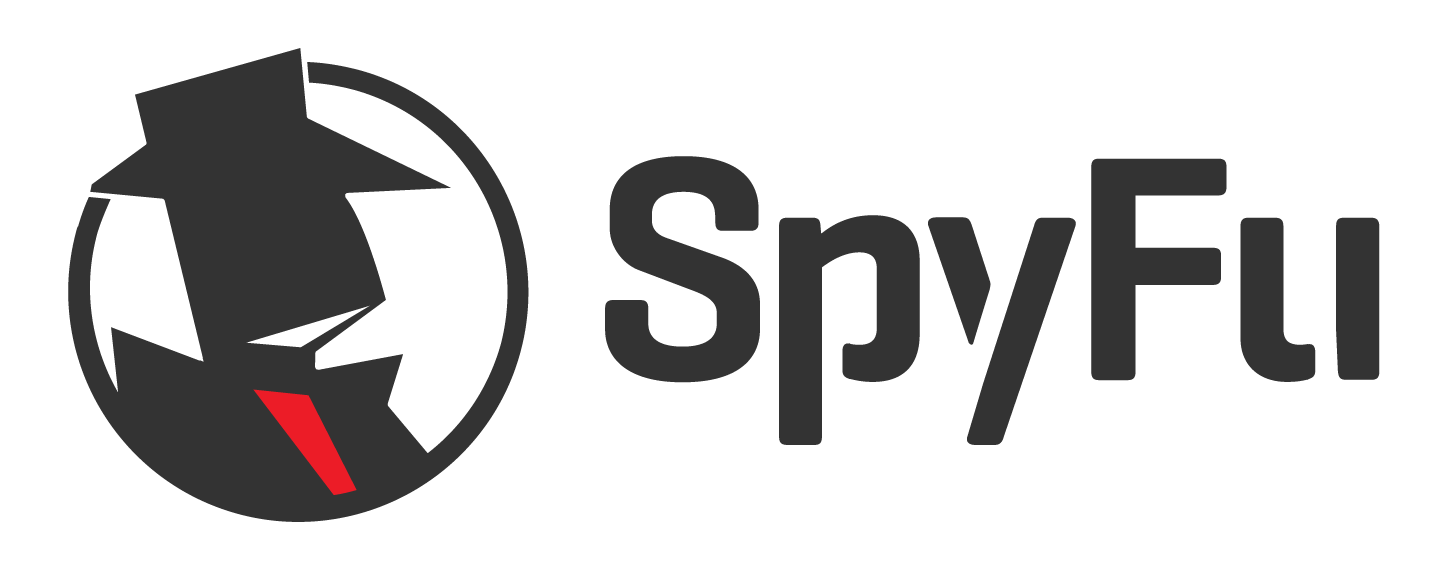

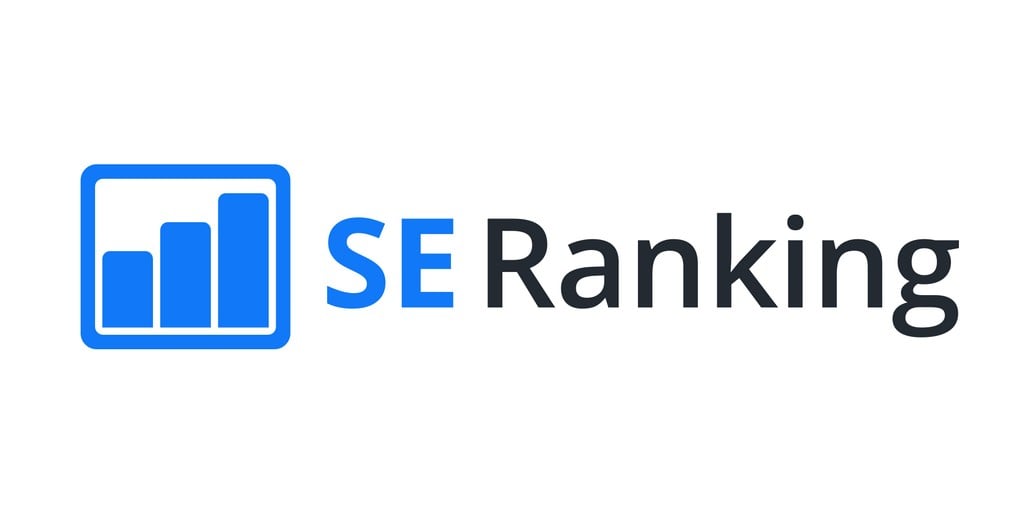



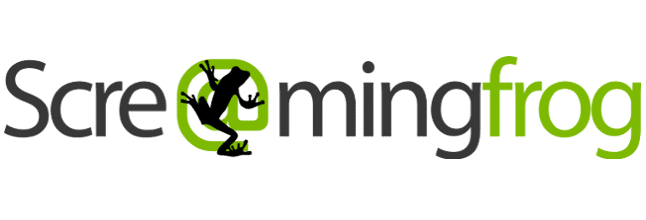
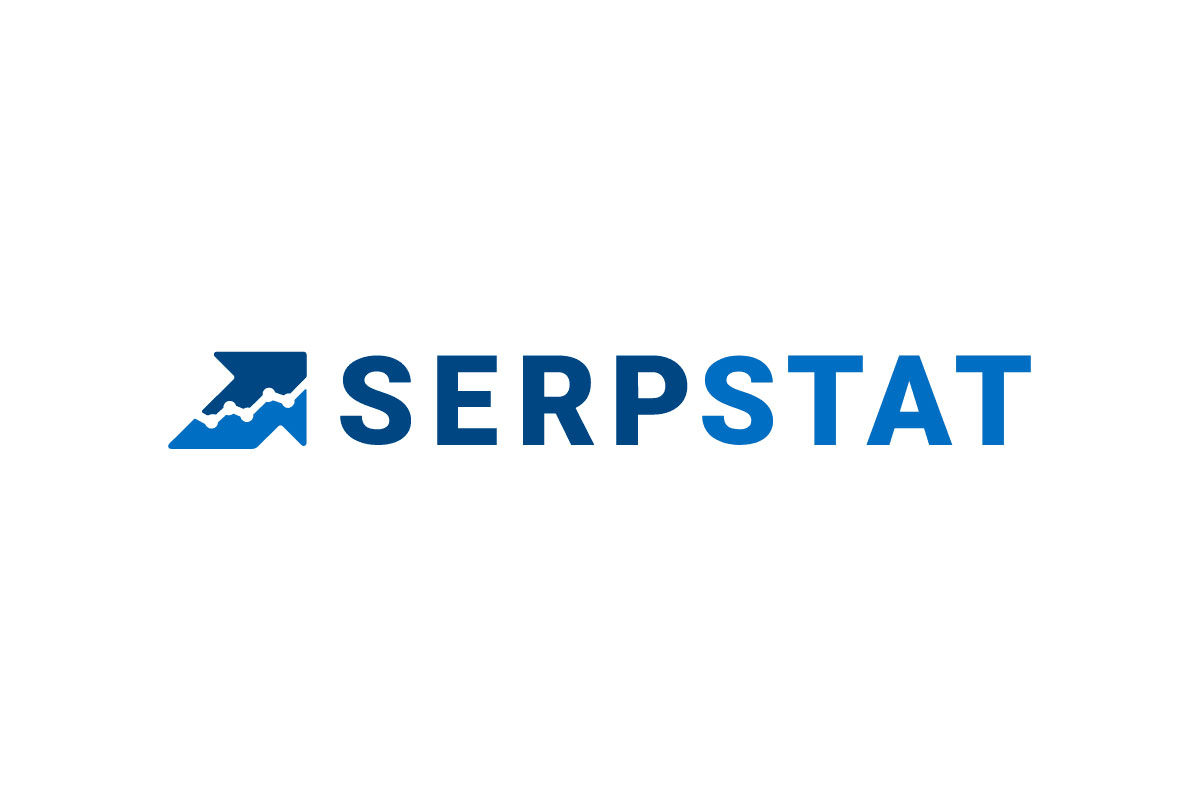














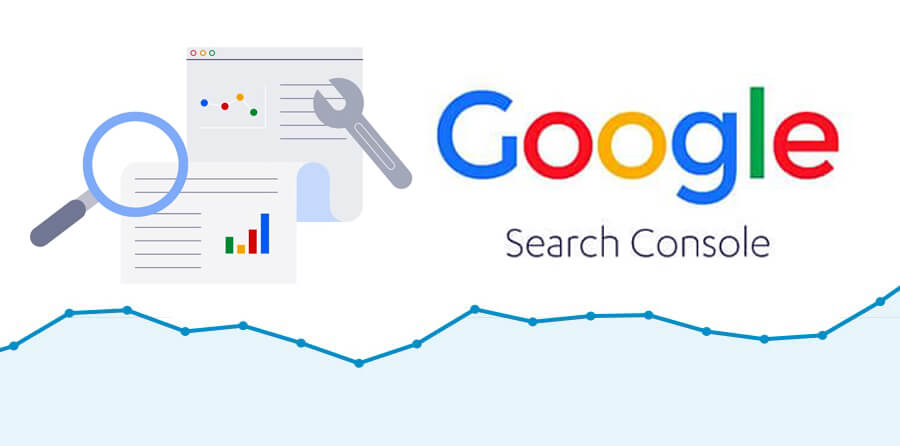






























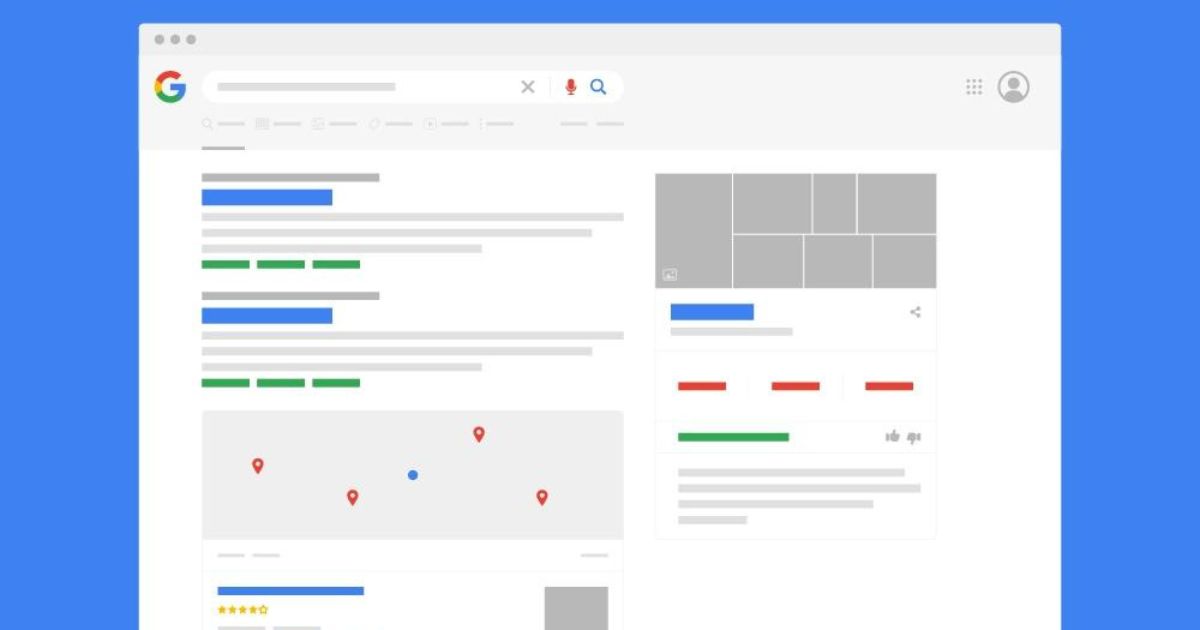

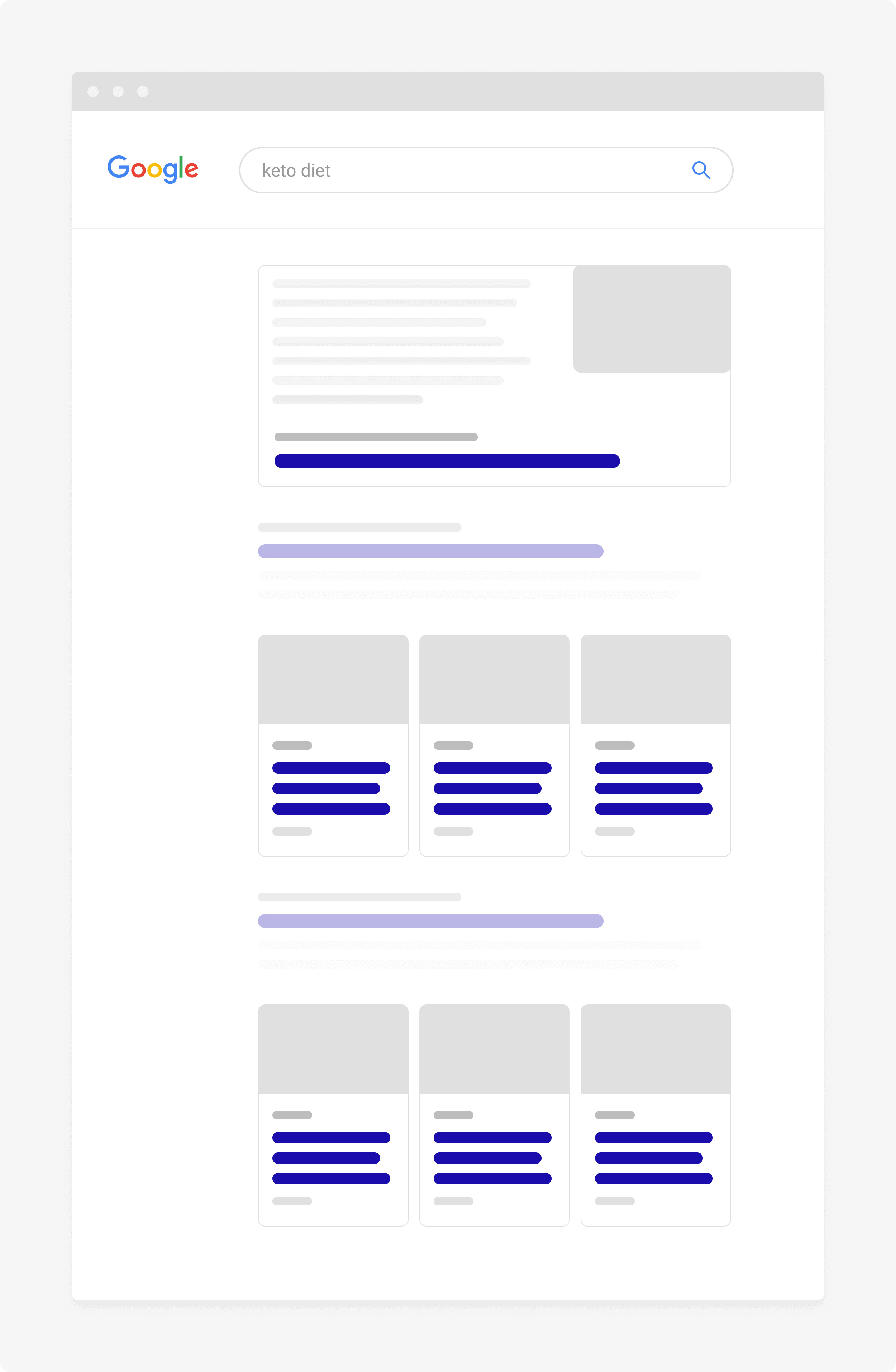

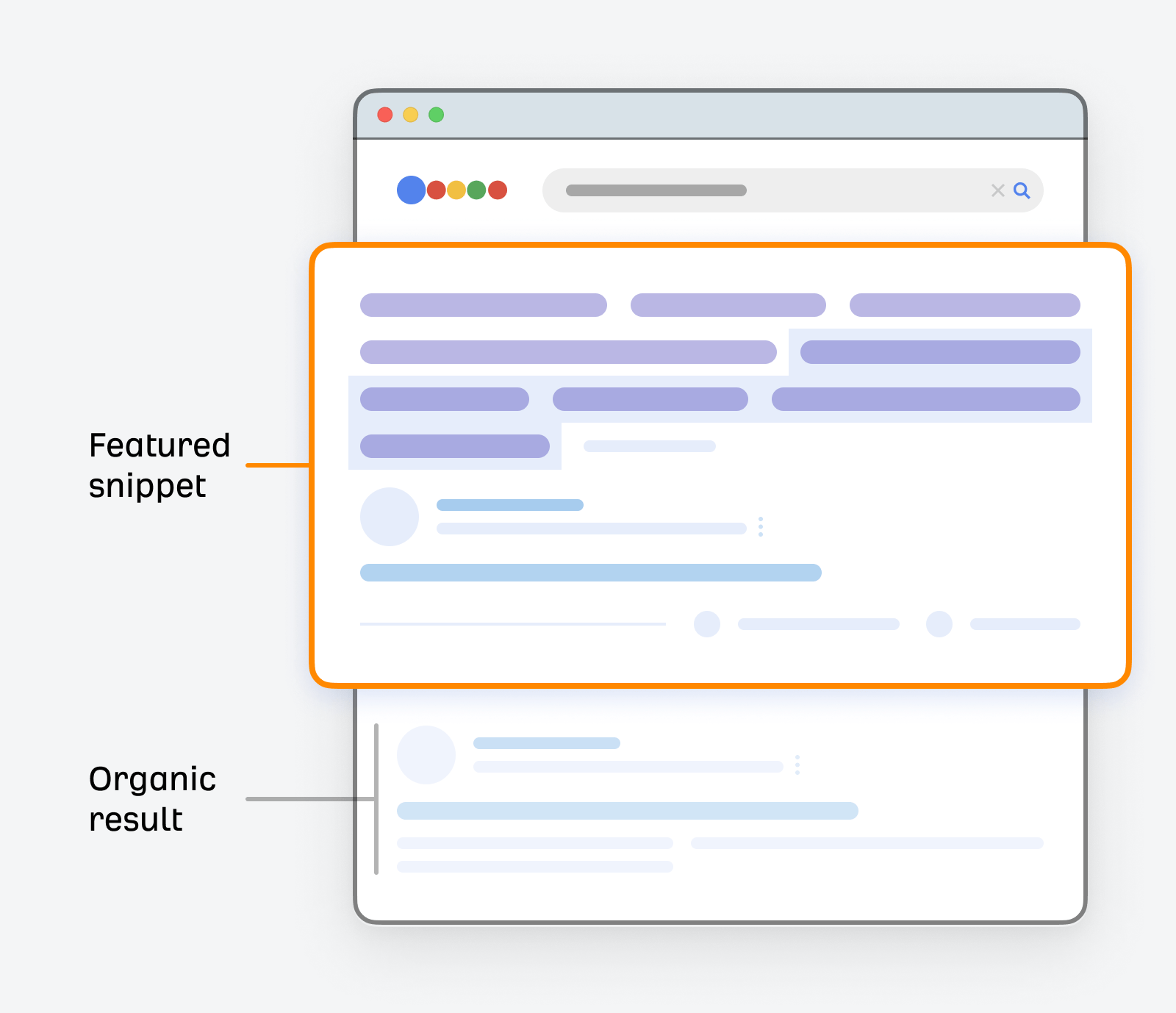
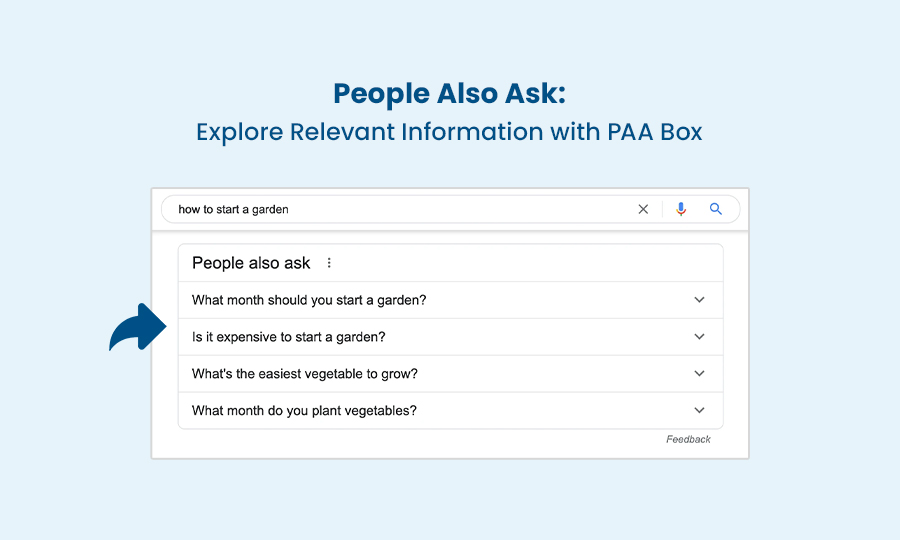
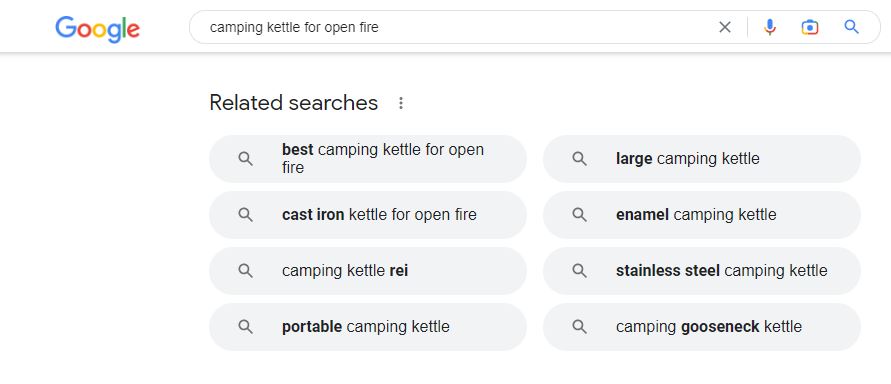

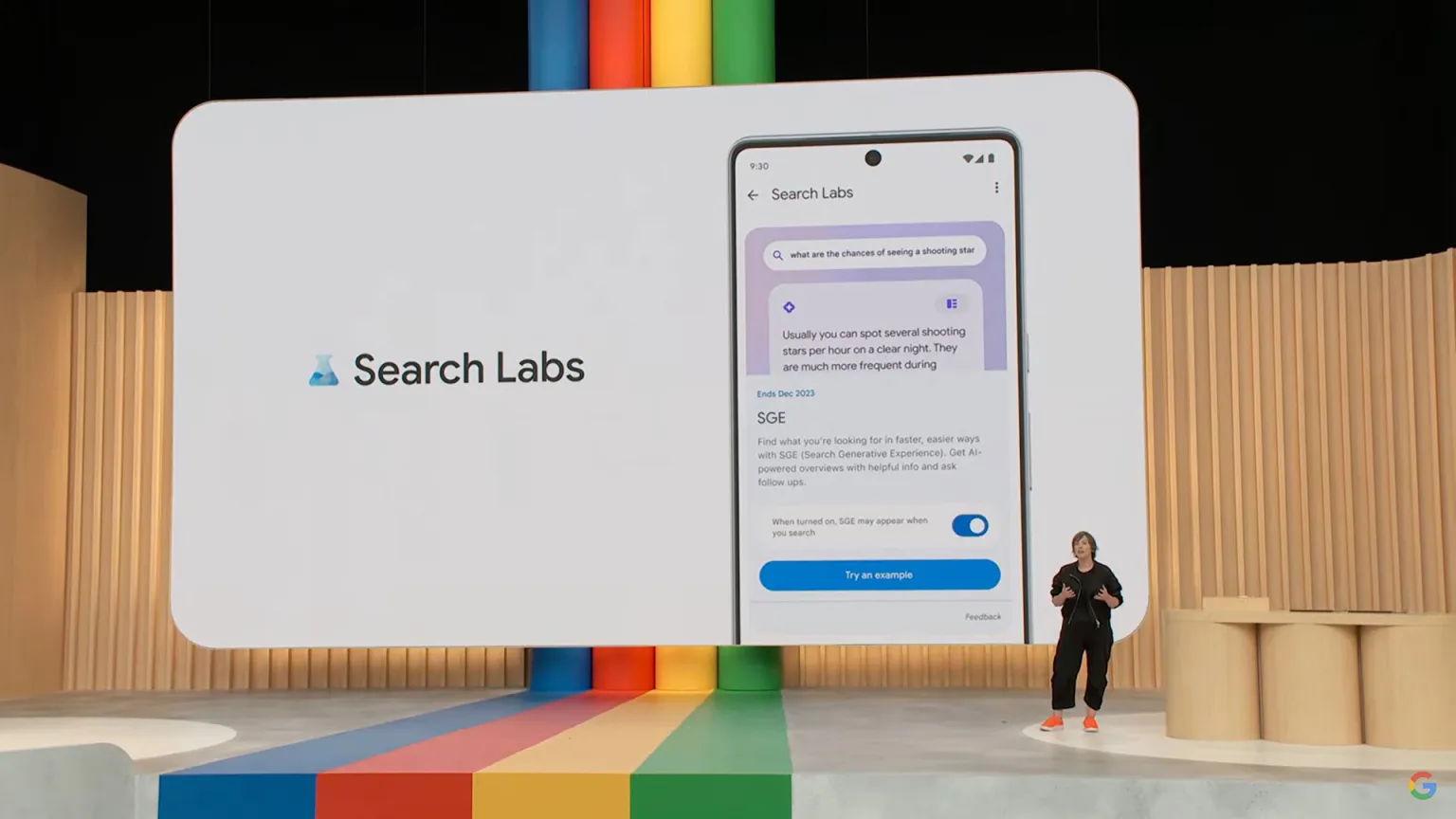
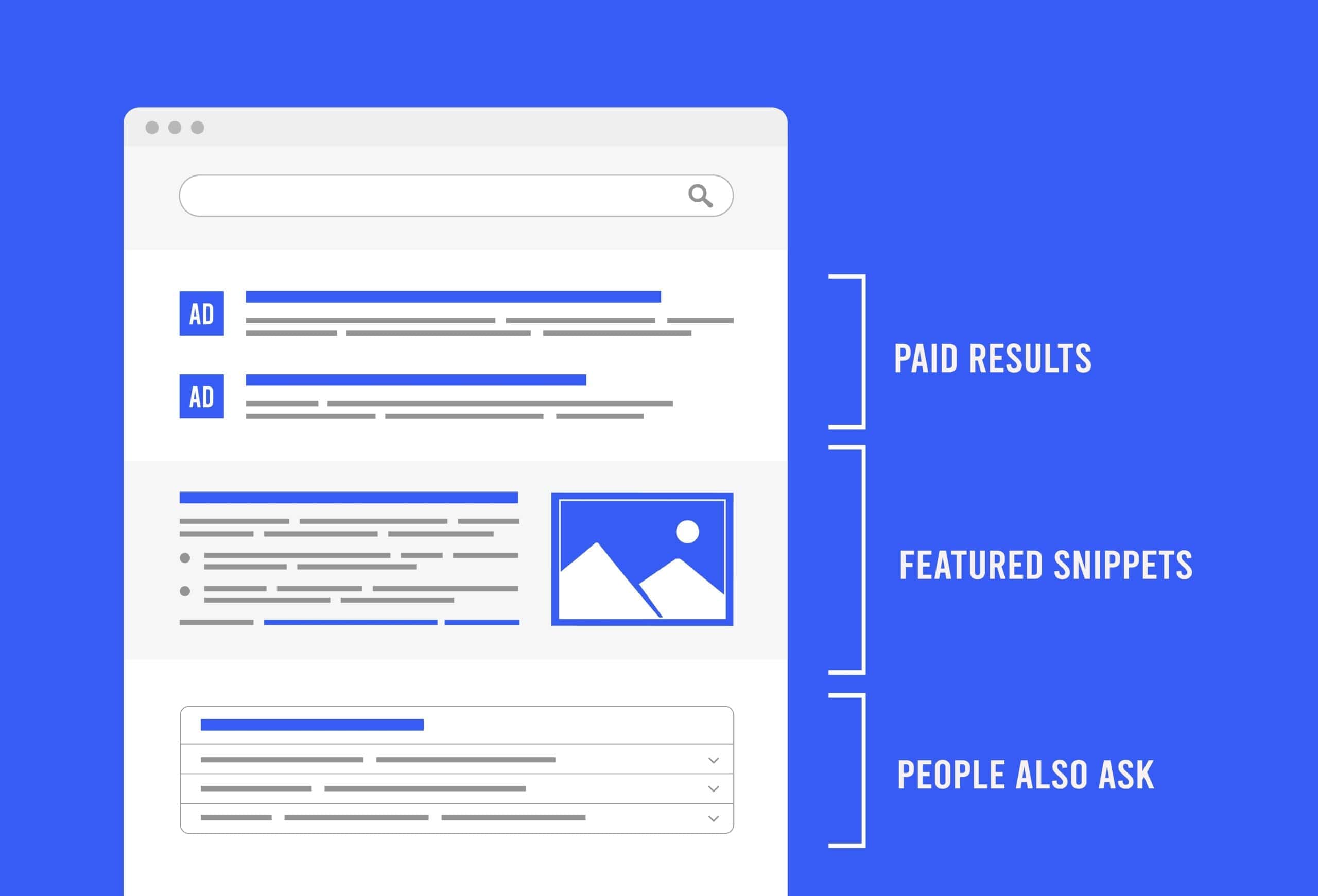





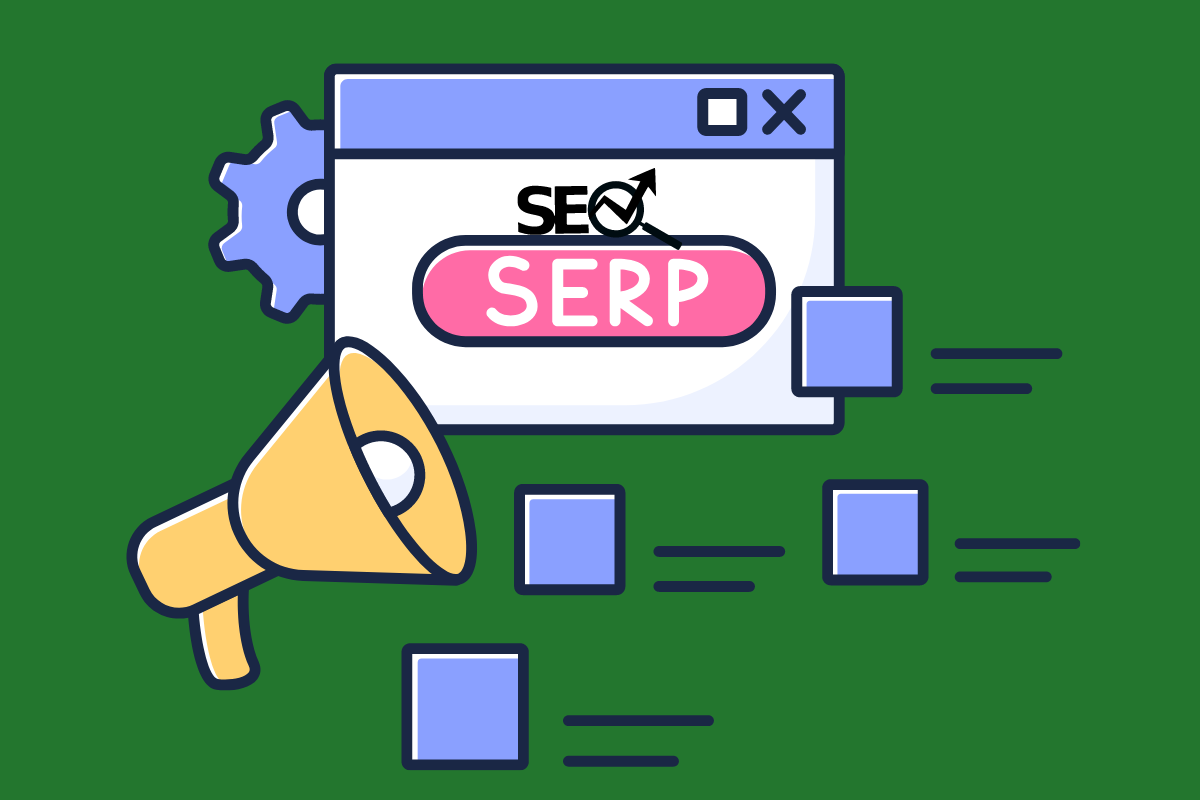
![What is a Featured Snippet? How to Get One [Expert Guide]](https://vh-info.com/wp-content/uploads/2024/10/What-is-Featured-Snippet-1.jpg)





